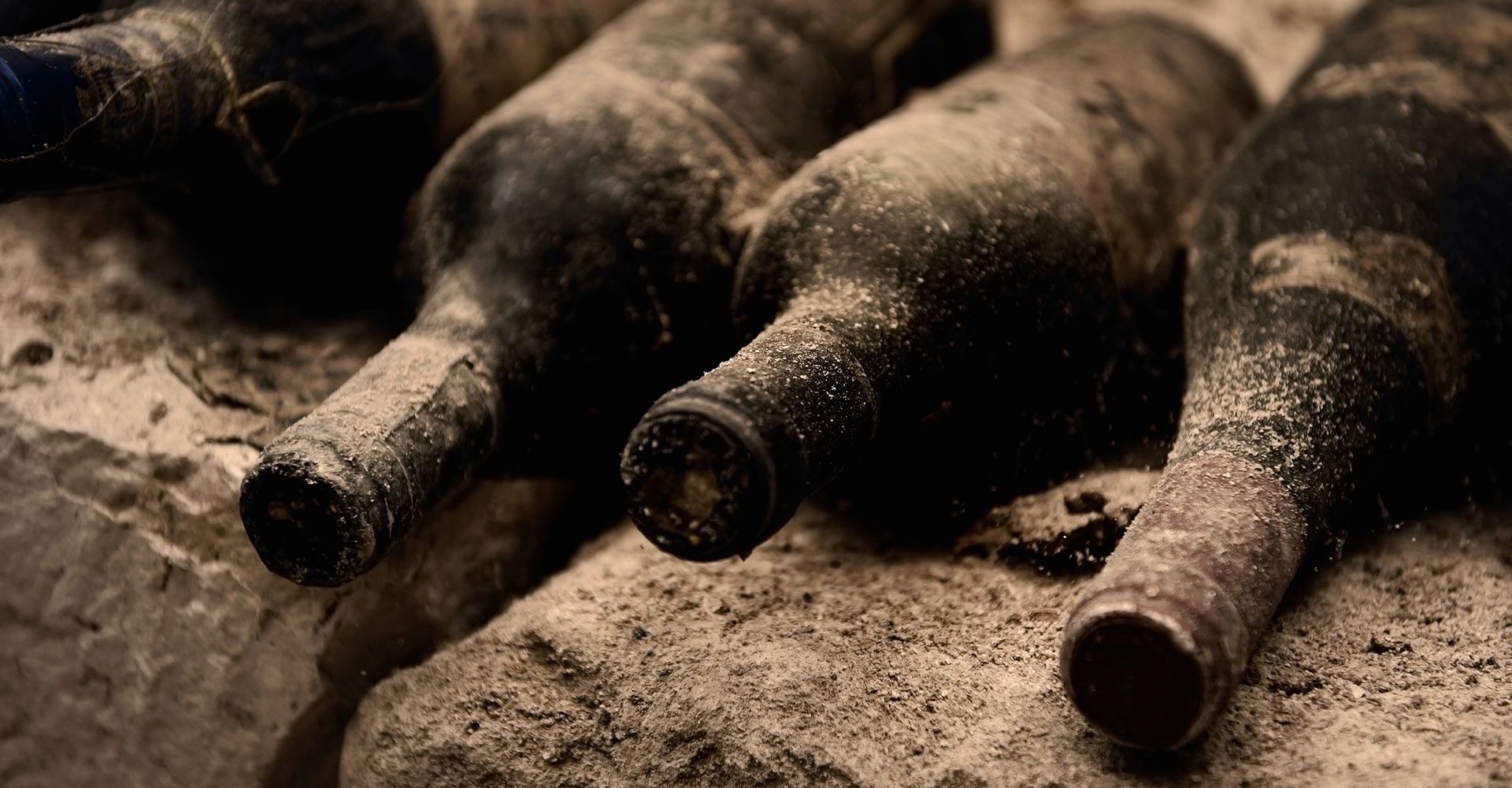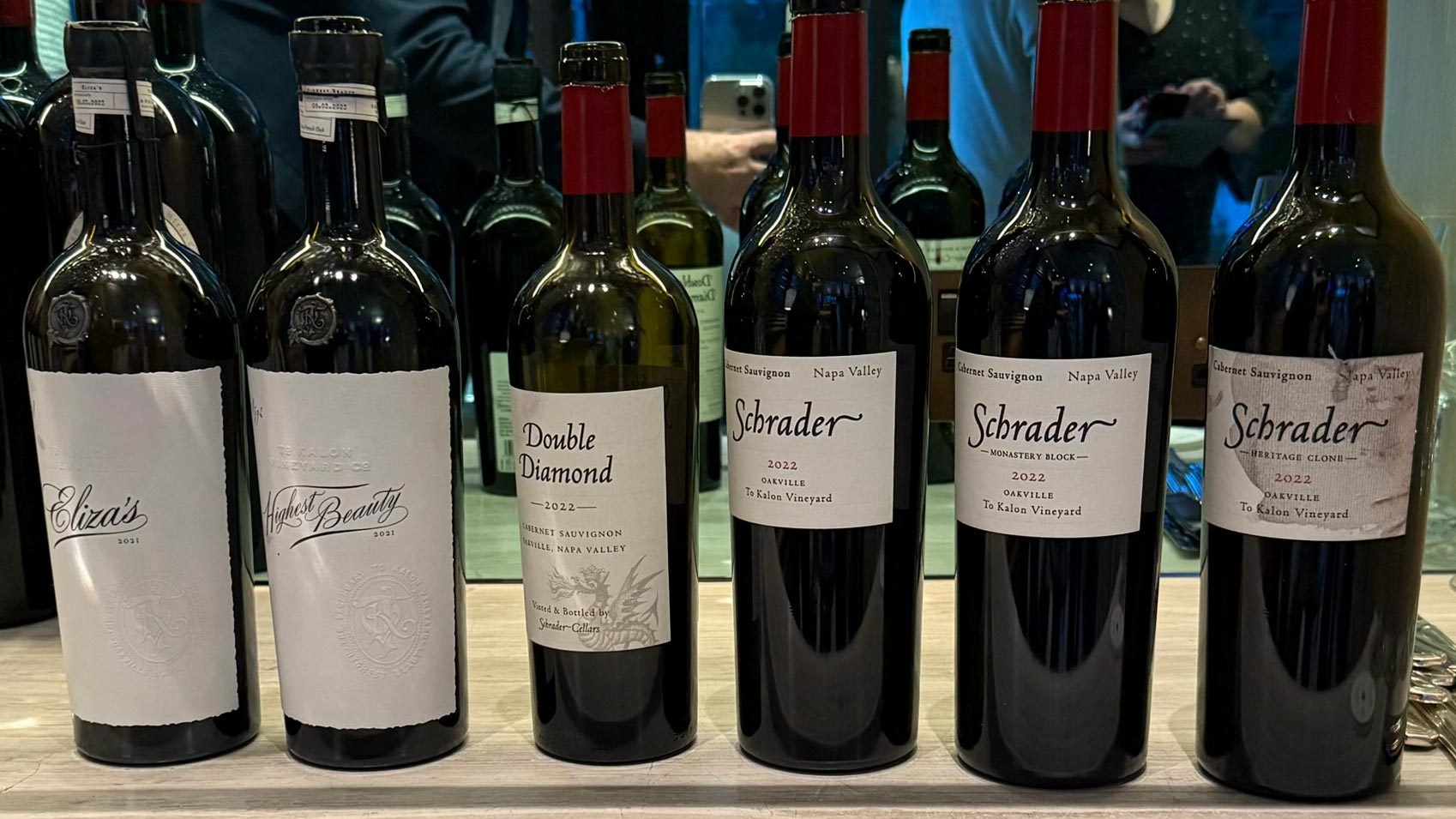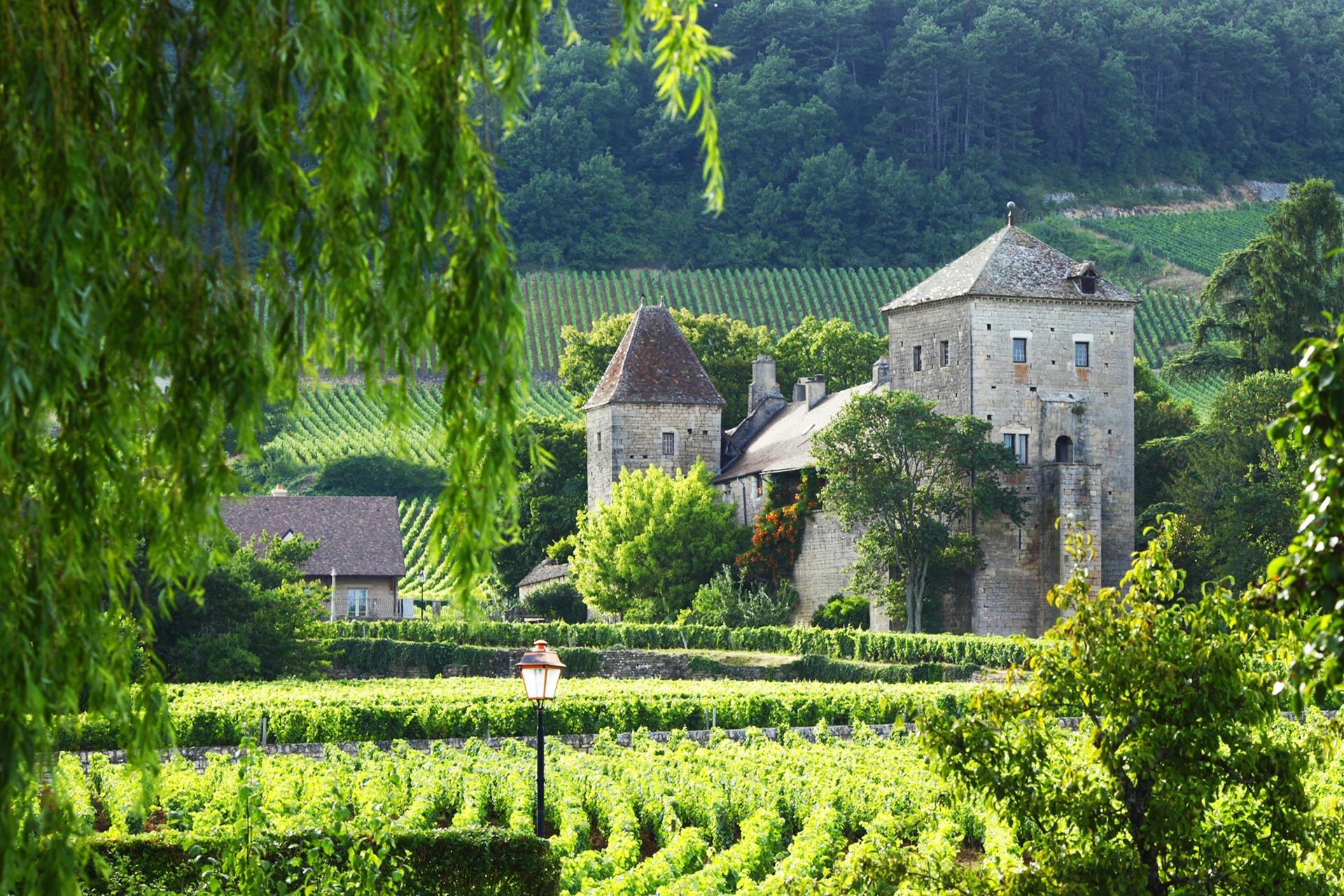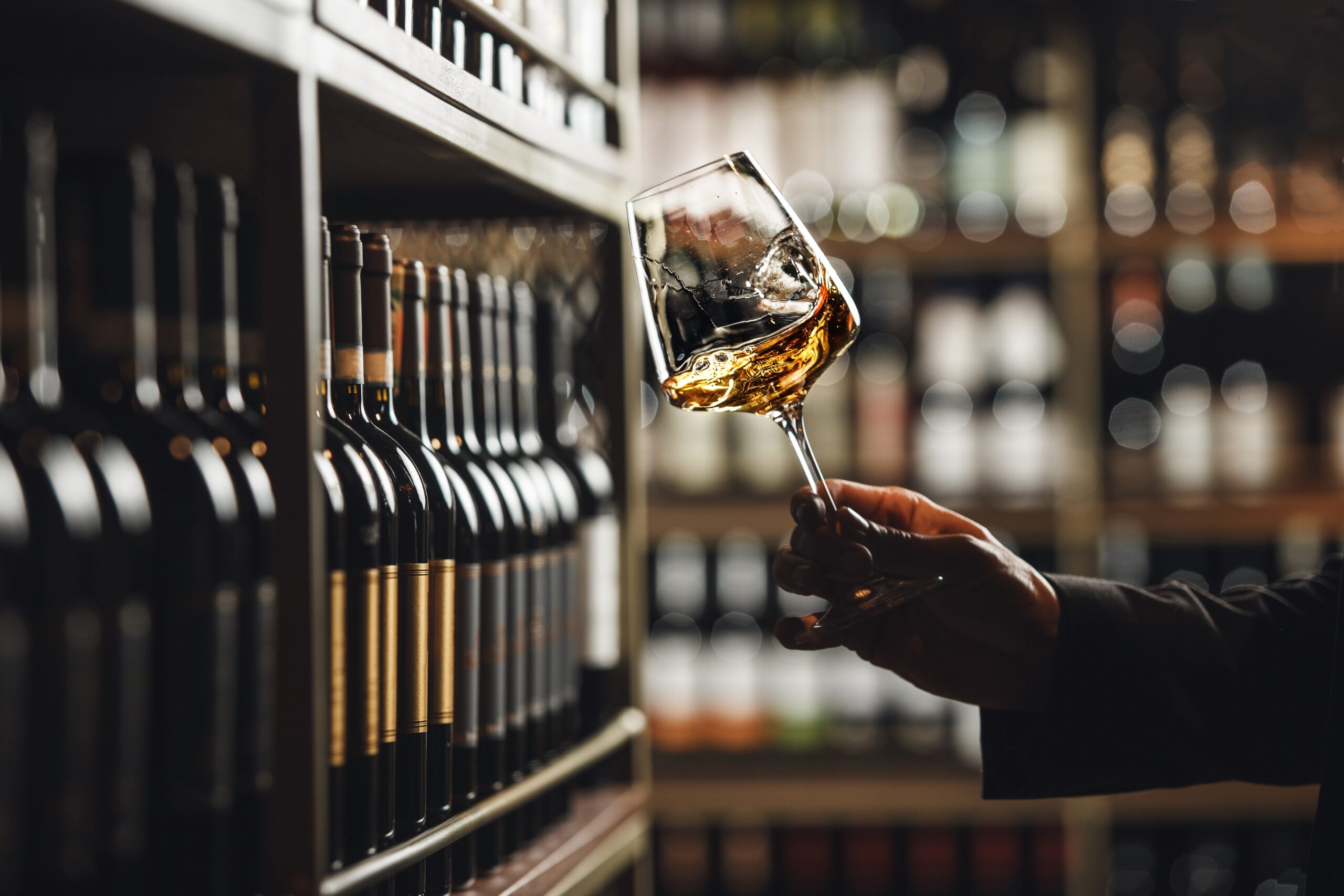Ever wondered why some wines age like royalty while others go downhill faster than a cork in a Formula 1 pit lane? Welcome to the magical world of wine aging—a slow-motion makeover where chemistry and time work their subtle magic.
From the Roman catacombs to your kitchen wine rack, bottle aging has fascinated wine geeks for centuries. It’s not just about stashing bottles away in a dark corner and hoping they come out tasting posh. It’s about tannins getting friendlier, flavours going from “fruit salad” to “leather-bound library,” and colours morphing like a chameleon on a mood swing.
Let’s uncork the science, art, and mystery behind wine maturation—and why that dusty bottle in your cellar might just be a rockstar in disguise.
Chemical Alchemy: What’s Really Happening in That Bottle?
Inside every bottle, there’s a secret science club meeting happening—and it’s all about balance.
- Oxidation (a little air, not too much): Think of this like wine yoga. Tannins soften, bitter fades, and flavours stretch into more elegant poses.
- Reduction: Too little oxygen and you might end up with eggy whiffs. Less “mmm” and more “ugh.”
- Esterification: Fancy word for where the perfume comes from. Esters = aromas. More aging = more complex scent symphony.
- Polymerisation: Tannins and colour compounds start holding hands and forming larger chains. Translation: smoother wine and a bit of sludge at the bottom.
- Hydrolysis: Water getting cheeky and breaking down complex stuff into delicious little flavour bombs.
Not Just a Pretty Hue: Wine’s Physical Glow-Up
Red wines go from ruby to tawny—like a sunset in slow motion. White wines? They deepen into golden amber, like honey caught in candlelight. Sediment builds up too, but don’t panic—it’s not dirt, just evidence of good ageing.
Which Wines Deserve the Wait?
Not every bottle is a sleeper hit. Most wines are meant to be drunk young and lively, like pop stars at their peak.
But those with high acidity, tannin, and pedigree? Oh, they’re the slow burners—Rieslings, Barolos, aged Bordeaux. Wines like 2022 Chateaux Margaux? That’s the kind of bottle you introduce to your grandkids.
Case in Point: 2022 Chateaux Margaux
Young Margaux struts in with blackberries, violets, and cedar. Bold, fresh, a bit cheeky.
Give it 15–30 years and it slips into something more seductive: cigar box, truffle, and leather—all velvet and grace. It’s got the acidity, structure, and oak backbone to evolve into a cellar superstar.
Warning: Around year 10 it might ghost you. Don’t worry, it’ll come back stronger.
📖 Anticipated Taste Profile Timeline for 2022 Chateaux Margaux
| Age Range | Colour | Aromas | Flavours | Texture | Drinking Window Assessment |
|---|---|---|---|---|---|
| 0-5 years | Deep ruby with purple hints | Blackcurrant, blackberry, violet, lead pencil | Fresh black fruit, firm tannins, vibrant acidity | Full-bodied, firm, structured | Early drinking (with decanting) |
| 5-15 years | Ruby to garnet | Developing dried fruit, cedar, tobacco leaf | Dark fruit softening, emerging savoury notes | Smoother, integrated | Approaching maturity / “dumb phase” |
| 15-30 years | Garnet with tawny edges | Leather, cigar box, truffle, forest floor | Dried fruit, spice, earthy complexity | Velvety tannins, harmonious | Peak maturity |
| 30+ years | Tawny to brick/brown | Fading fruit, herbaceous, smoky tertiary notes | Earthy, subtle spice, potential faded structure | Soft, integrated, fading | Beyond peak – drink with caution |
White Wines Can Age Too (Really)
Contrary to popular belief, white wines aren’t just here for a quick fling. Riesling, Chardonnay, Chenin Blanc—they’re in it for the long haul.
Over time, they trade citrus zing for waxy, nutty complexity. Some even get that famous petrol note (weird, but wonderful). Texture-wise? Think silk meets satin.
The 1982 Lafite Rothschild: Still a Showstopper
I should start by saying, as an example of how amazing old wines can be, the 1982 Lafite Rothschild truly stands out. One of the most iconic vintages of the 20th century, this wine has become the stuff of legend among collectors and sommeliers. With its notes of cedar, graphite, tobacco leaf, and dried red fruit, this Bordeaux classic exemplifies the magic of long-term aging done right.
It’s balanced, complex, and endlessly intriguing—proof that when a wine has the right structure and is given time, it doesn’t just endure the decades, it evolves into something extraordinary. A sip is like opening a time capsule, and yes, it still drinks beautifully—if you can find one.
Final Thoughts: Why Age Matters
Wine aging isn’t about snobbery—it’s about transformation. Watching a wine evolve is like watching a great novel unfold over time, page by page. And when the story hits its peak, it’s unforgettable.
So next time you find yourself staring at a label that screams “drink me now,” pause. It might just be a bottle waiting to become a masterpiece.



